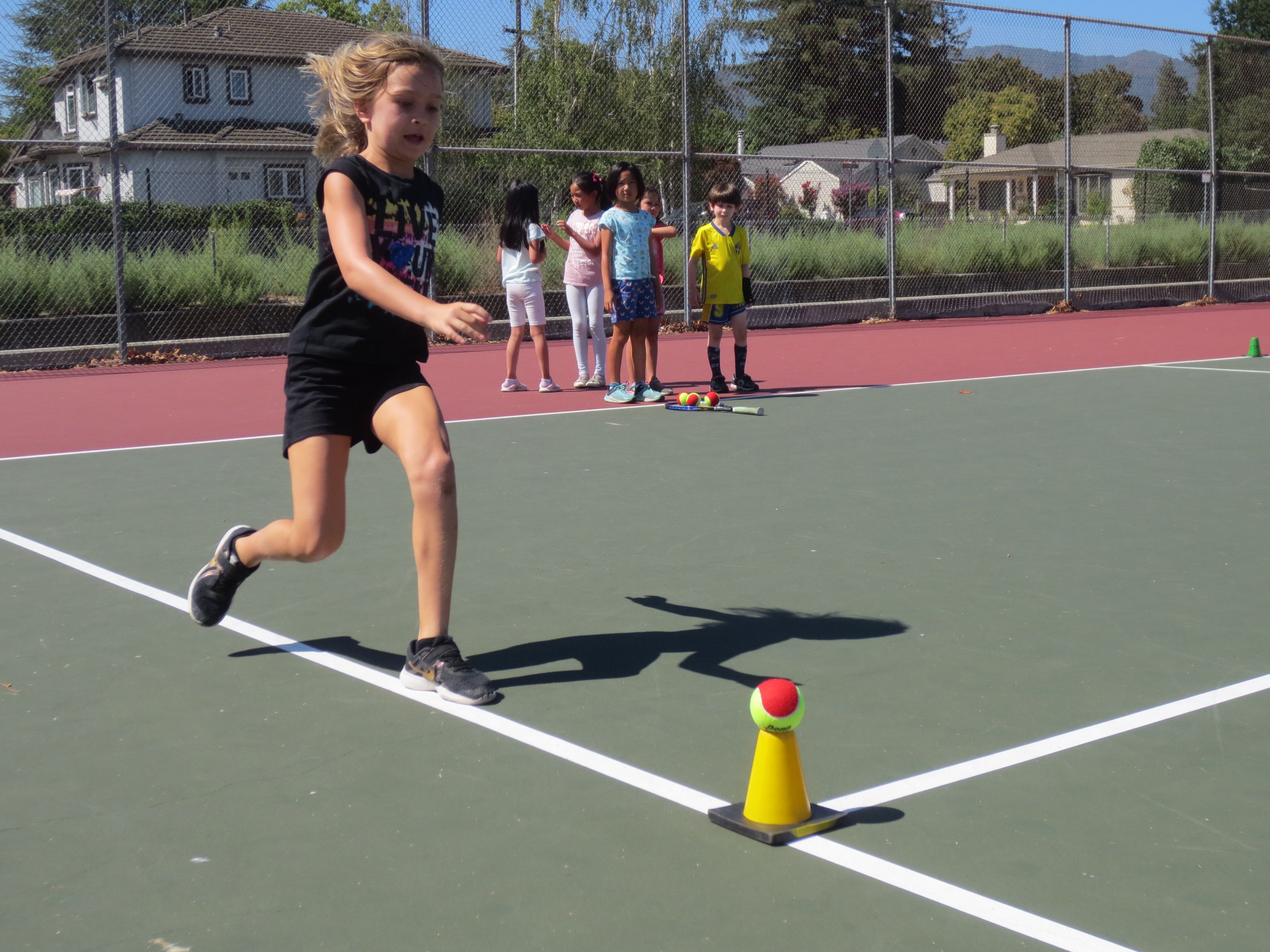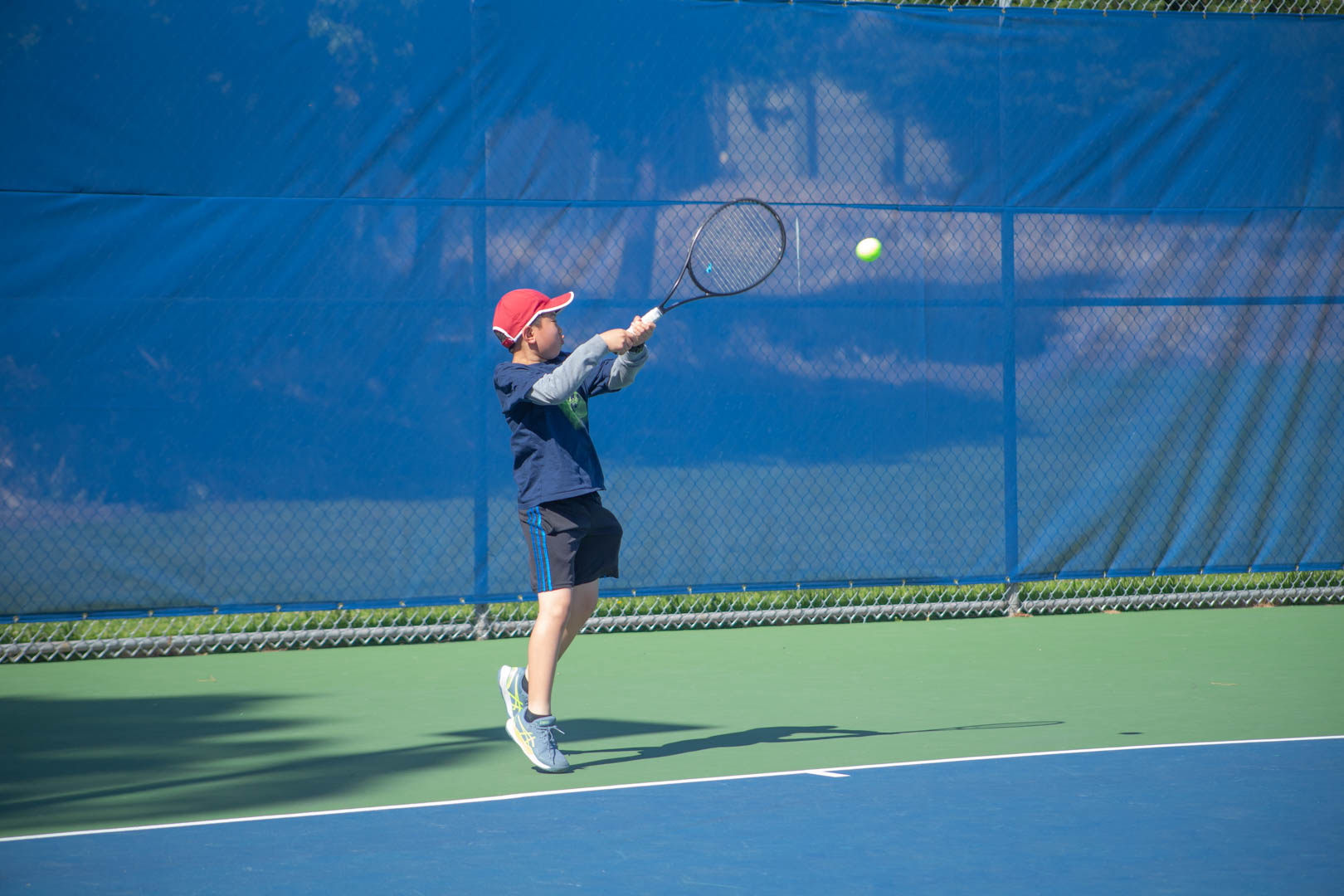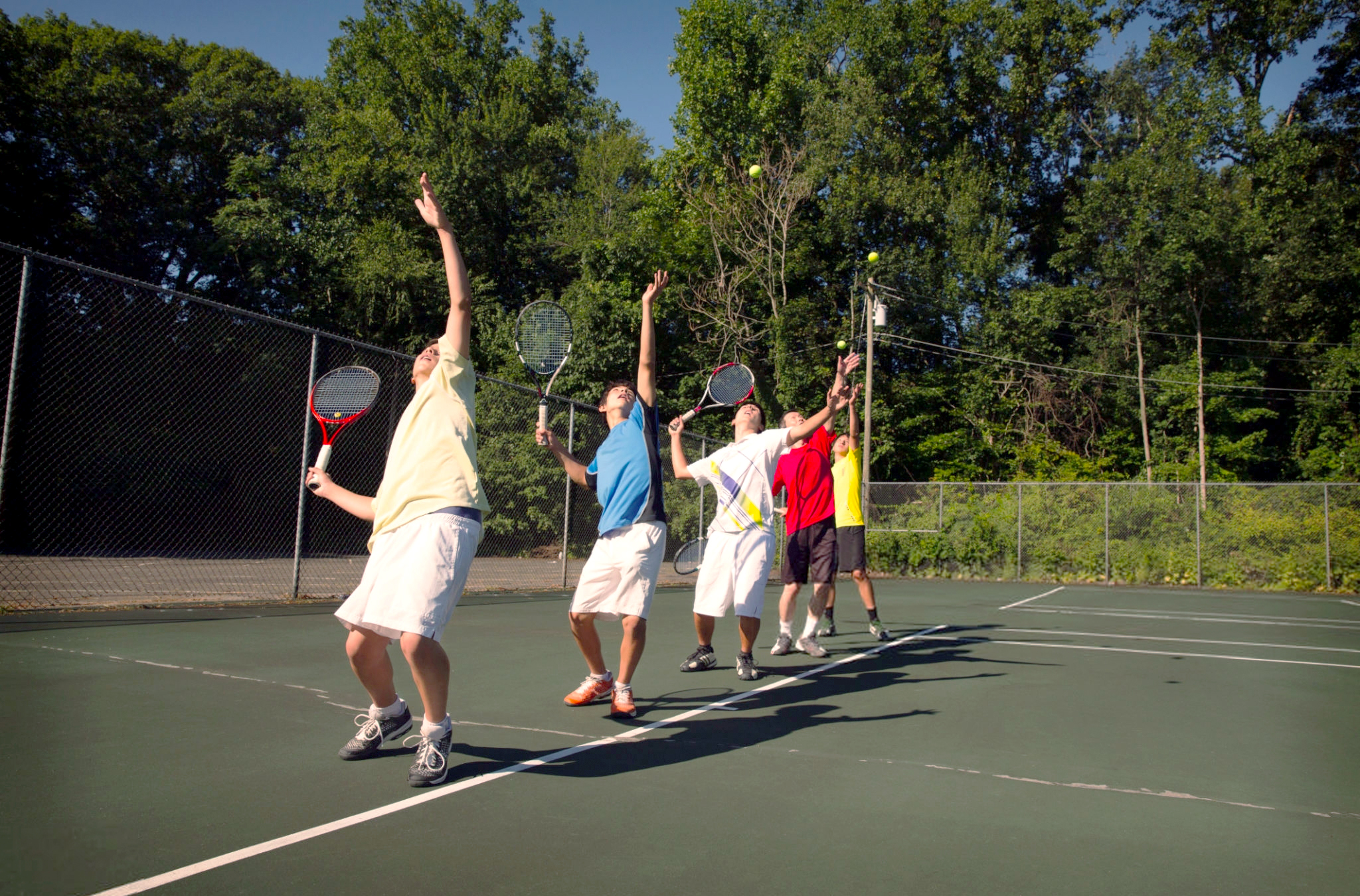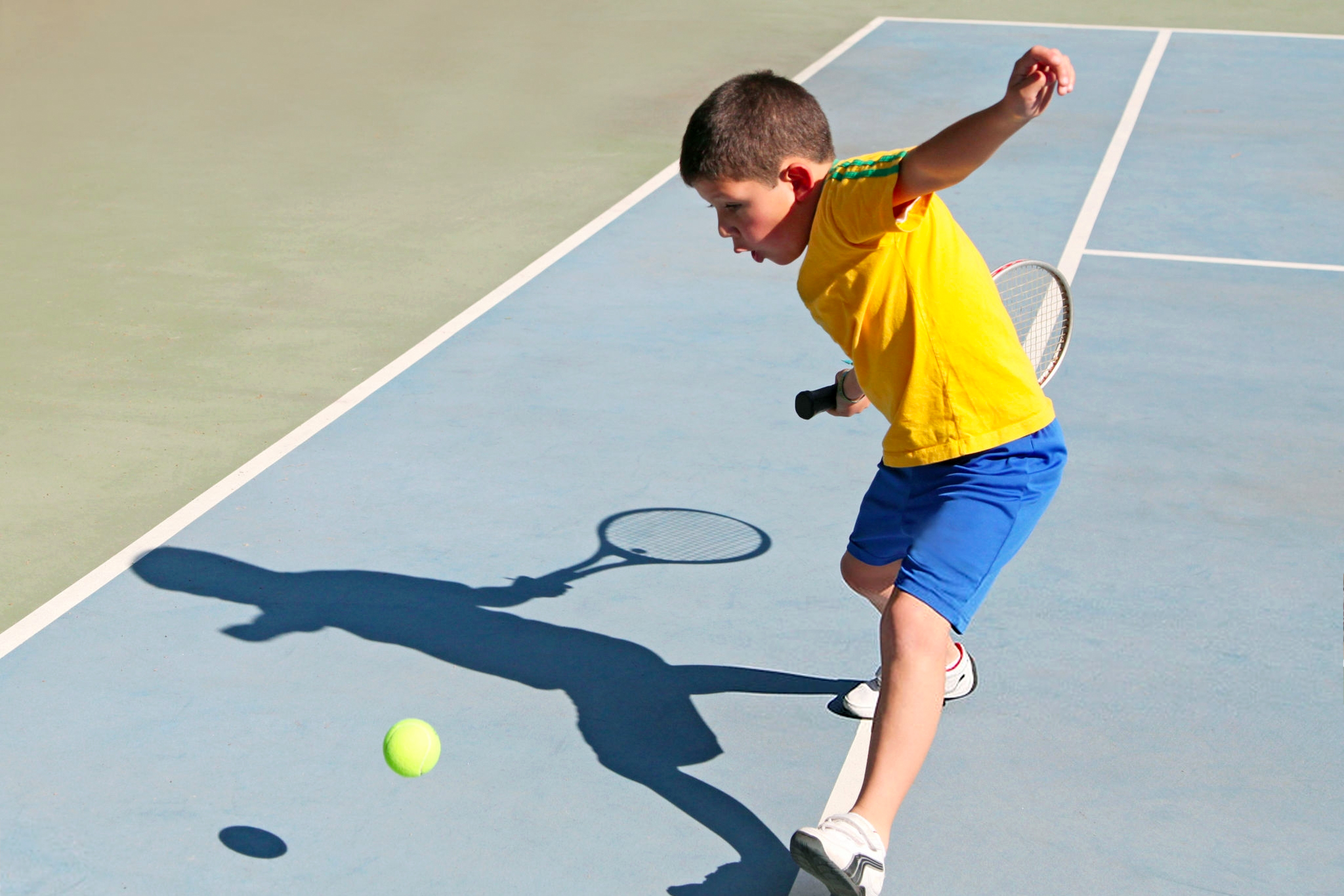How is a Hard Court Different from a Clay Court?
Posted in: Blog | Published on: October 16, 2023 | Written By: admin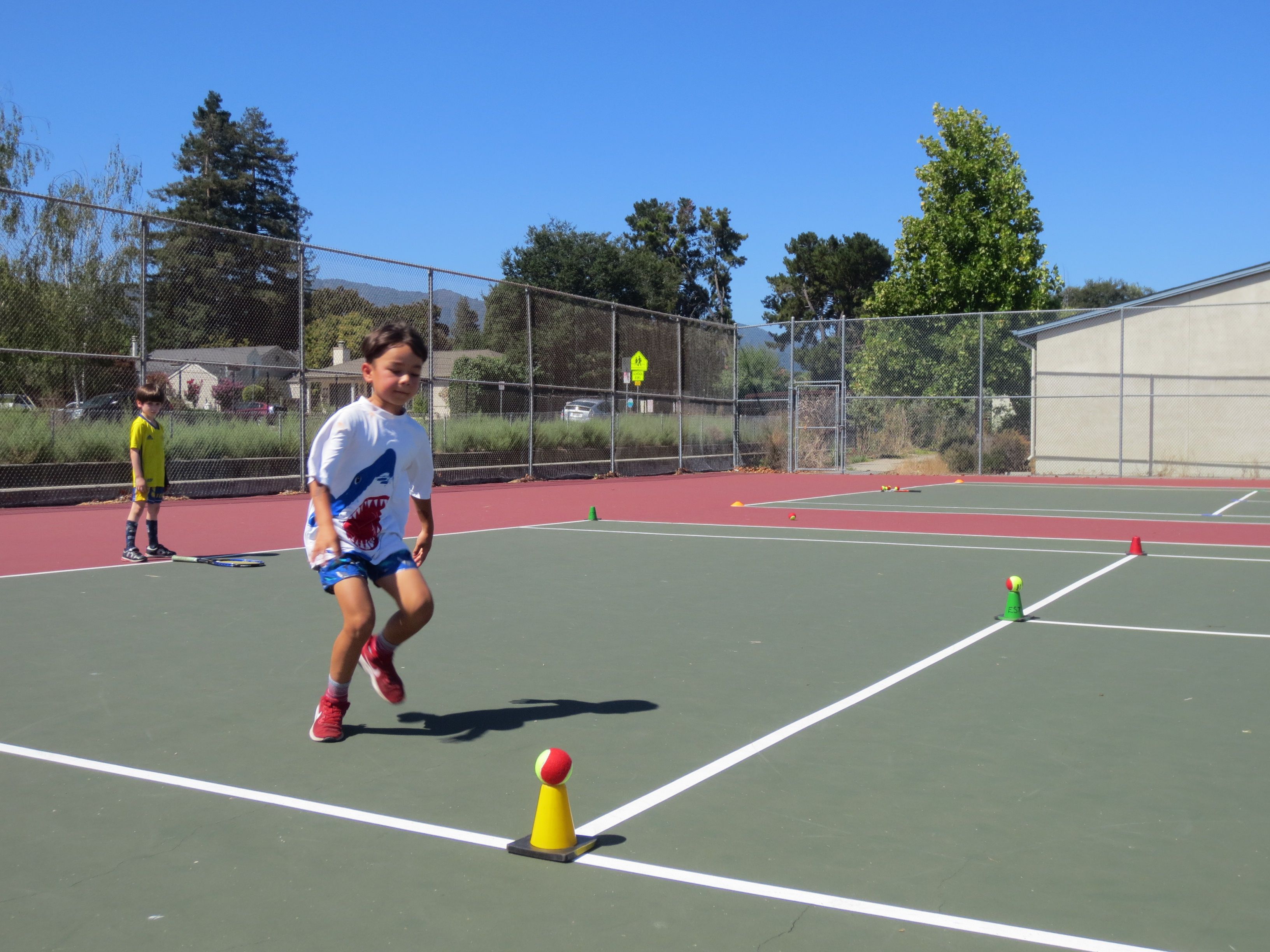
Tennis is a sport that can be played on different types of surfaces, including hard and clay courts. While the game remains the same, the playing styles and strategies can vary drastically depending on the type of court being used. In this blog post, we’ll explore the key differences between hard tennis courts and clay tennis courts.
Hard Tennis Courts
Hard tennis courts are made of concrete or asphalt with a thin layer of acrylic paint on top. They are the most common type of tennis court and are used in many professional tournaments, including the US Open and the Australian Open. Hard courts are fast and provide a consistent bounce, which makes it easier for players to hit powerful shots. The ball bounces higher and faster on a hard court, which can also make it more challenging to control the ball.
Due to the faster pace of the game on a hard court, players often use more aggressive tactics, such as serve-and-volley, to win points quickly. Players with a strong serve and powerful groundstrokes tend to have an advantage on hard courts. Additionally, players can slide less on hard courts compared to clay courts, which can be a factor in their movement on the court.
Clay Tennis Courts
Clay tennis courts are made of crushed stone, brick, or shale. They are less common than hard courts and are typically used in European tournaments, such as the French Open. Clay courts are slower and provide a higher bounce, which gives players more time to react and move around the court. The ball also leaves a mark on the clay surface, which can help players determine the trajectory of the ball.
Due to the slower pace of the game on a clay court, players often use more defensive tactics, such as sliding and retrieving, to wear down their opponents. Players with good footwork and endurance tend to have an advantage on clay courts. Additionally, because of the soft surface, players can slide more easily on clay courts, which can be an important factor in their movement on the court.
In conclusion, the differences between hard and clay tennis courts can greatly affect the way the game is played. While hard courts favor aggressive players with powerful shots, clay courts favor defensive players with good footwork and endurance. Whether you prefer the fast pace of a hard court or the slower pace of a clay court, tennis is a sport that can be enjoyed on any type of surface, and we can help make that happen. Contact us today to learn more about our tennis lessons and how we can help you learn to adjust to any playing surface.
 R
R 
